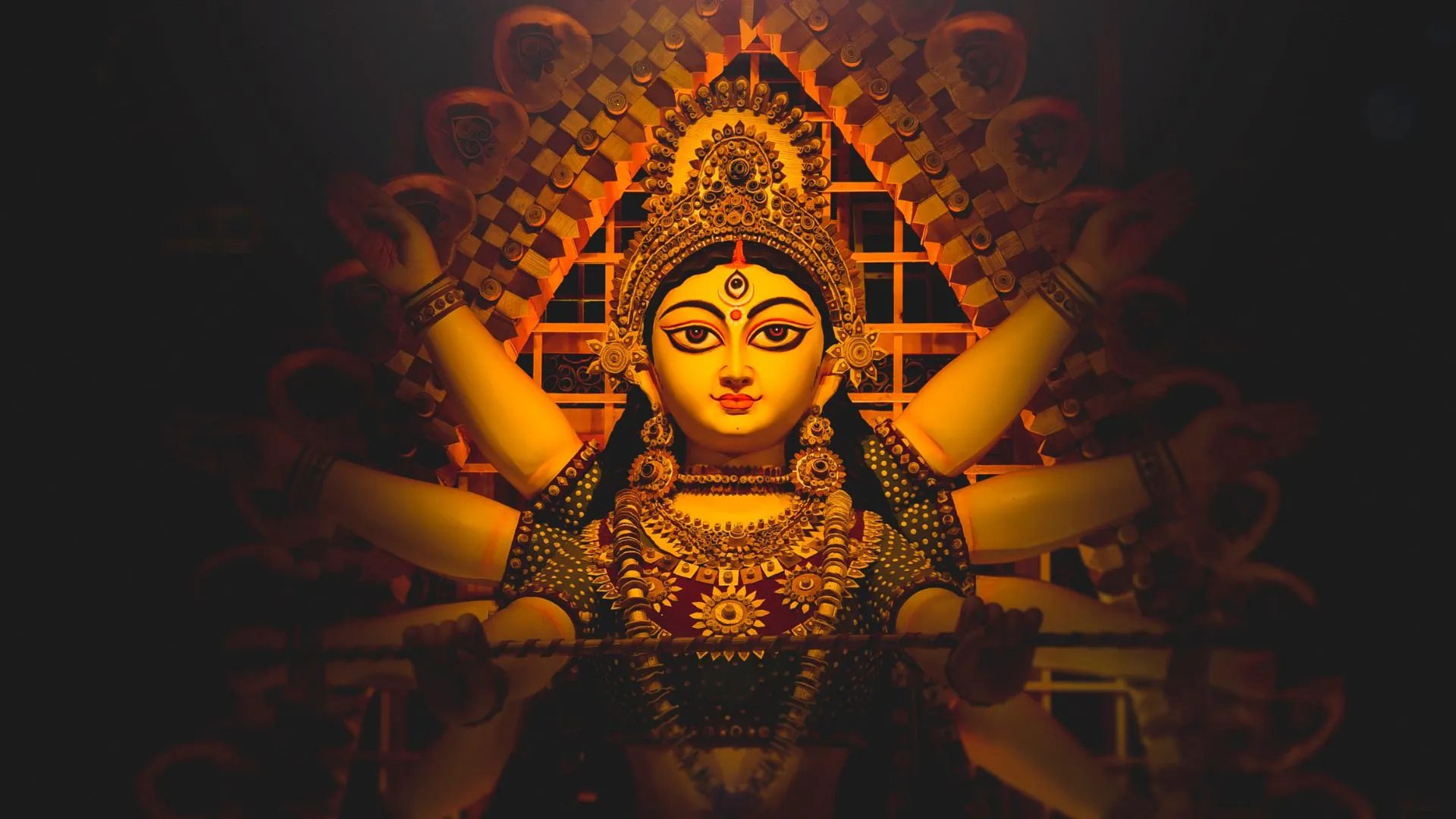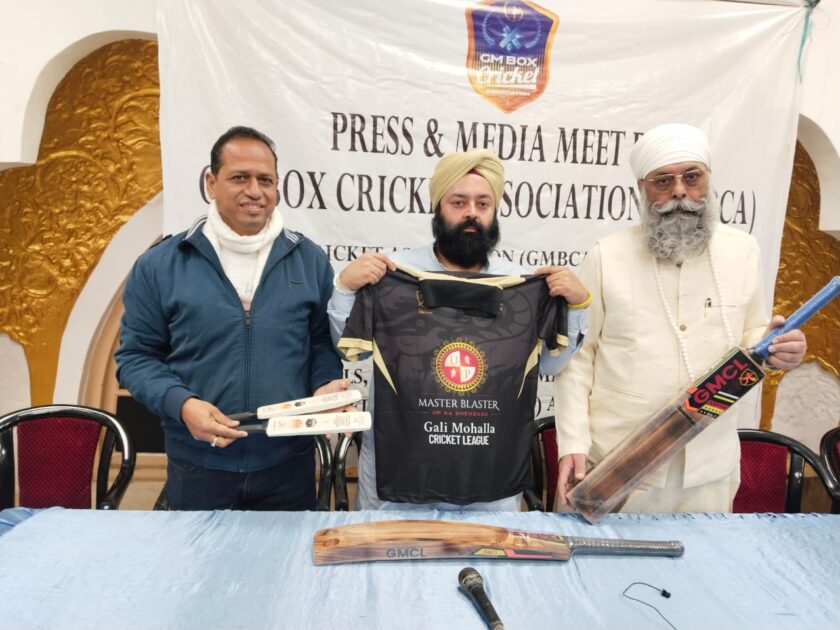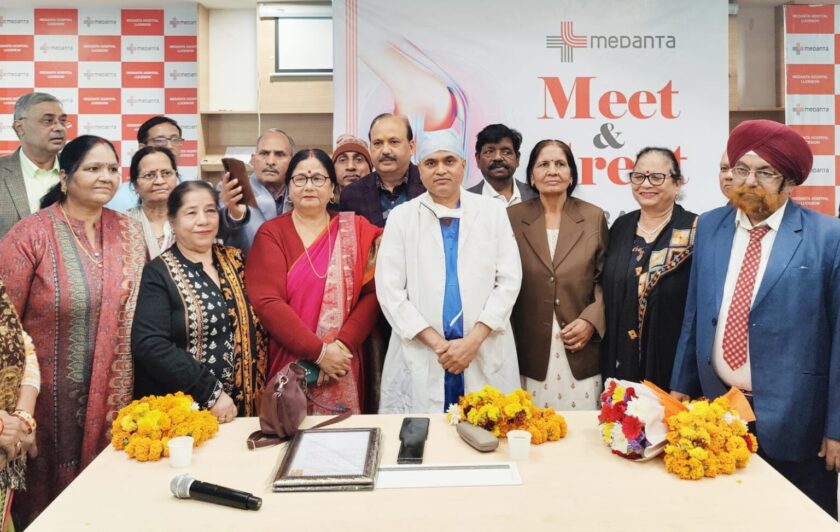Lucknow: The Sharadiya Navratri in Uttar Pradesh this year became a grand celebration of faith, tradition, and womanhood, drawing record-breaking crowds at major temples across the state. From Vindhyavasini Dham in Mirzapur to Shakumbhari Devi in Saharanpur, from Tripur Bala Sundari to Devi Patan and Vishalakshi Shaktipeeth, more than 2 crore devotees offered prayers during the nine-day festival.
The Yogi Adityanath government’s efforts to blend heritage conservation with modern facilities played a crucial role in managing the massive influx of pilgrims. Initiatives such as the near-complete Vindhyachal Corridor, the grand Devi Patan Mela, and the Mission Shakti 5.0 campaign turned this Navratri into a festival of devotion and women’s empowerment.
Vindhyavasini Dham: The Spiritual Epicenter
Located in Mirzapur, Maa Vindhyavasini’s temple emerged as the most prominent attraction. While on regular days the footfall is between 1 to 1.5 lakh, this Navratri saw an unprecedented surge to nearly 4.5 lakh visitors daily, peaking at 6–7 lakh in the final three days. Over 50 lakh devotees visited during the nine days.
The newly developed Vindhyachal Corridor, with widened pathways, stronger security arrangements, shelters, and aesthetic facades, eased crowd management, ensuring devotees had a smooth darshan without jostling. This fusion of devotion and development is placing Vindhyachal on the global map of spiritual tourism.
Varanasi: Vishalakshi and Durga Temples Draw Lakhs
At the Vishalakshi Shaktipeeth in Kashi, devotees flocked from across the country, particularly from South India. Between Saptami and Navami, 20,000–30,000 devotees visited daily. The Gayatri Shakti Peeth Choura Devi temple saw 1 lakh devotees, while the Durga Kund temple welcomed over 12 lakh devotees in nine days, with nearly 2 lakh per day during the peak.
Saharanpur: Shakumbhari and Tripur Bala Sundari Temples Shine
In western UP, Saharanpur’s Shakumbhari Devi temple drew nearly 7 lakh devotees, while Tripur Bala Sundari temple** attracted over 4 lakh worshippers. The government ensured enhanced facilities, including a grand entrance, drinking water arrangements, improved lighting, and women’s safety measures under *Mission Shakti.

Devi Patan: Faith and Festivities Interwoven
At the Maa Pateshwari temple in Balrampur, about 6.5 lakh devotees offered prayers during Navratri. A 15-day fair added cultural vibrancy, featuring devotional and traditional events. The government’s large-scale development works—road widening, façade lighting, laser shows, and resting facilities—have transformed the shrine into a symbol of both devotion and cultural revival.
Other Major Centers of Devotion
- Prayagraj: Over 12 lakh devotees at Alop Shankari temple, 6 lakh at Kalyani Devi, and 70–80,000 daily at Lalita Devi temple.
- Gorakhpur: Nearly 5 lakh devotees at Tarkulha Devi and another 5 lakh at Budhiya Mai temple.
- Jaunpur: Shitala Chaukiya temple hosted 70,000–1 lakh devotees daily.
- Naimisharanya (Sitapur): Over 2 lakh pilgrims visited Lalita Devi temple, with a massive surge on Mahanavami.
- Agra: Historic Chamunda Devi temple drew 2 lakh devotees; Kaila Mata 15 lakh, Shitla Mata 10 lakh, and others recorded lakhs of visitors.
- Mathura: Nari Semri Mata temple attracted 3 lakh devotees, known for its unique traditions of upright idols and rituals with sticks.
- Jhansi:Historic temples like Panchkuiya and Mahakali saw over 1 lakh devotees each.
- Maharajganj: Lehda Devi temple drew nearly 2 lakh pilgrims.
- Other districts including Auraiya, Hapur, and Siddharthnagar also reported crowds in lakhs.
- Mission Shakti 5.0: Devotion Meets Empowerment
This Navratri was also marked by the Yogi government’s flagship Mission Shakti 5.0, launched with women police rallies across districts. Throughout the nine days, girl students were symbolically entrusted with administrative roles in their local areas, highlighting women’s empowerment alongside devotion.
Temples were guarded by women police, helpline 1090 was fully active, and exhibitions on women’s rights and safety were organized in every district. The initiative added a unique dimension, making Navratri both a festival of divine worship and feminine strength.
A Fusion of Faith and Development
From record-breaking footfalls to improved infrastructure, Uttar Pradesh witnessed Navratri as never before—an extraordinary blend of spirituality, cultural pride, and social empowerment. The government’s emphasis on developing pilgrimage sites while safeguarding tradition ensured that this year’s Navratri became not just a religious festival, but a symbol of Uttar Pradesh’s evolving identity—where devotion meets development, and worship celebrates women’s empowerment.





